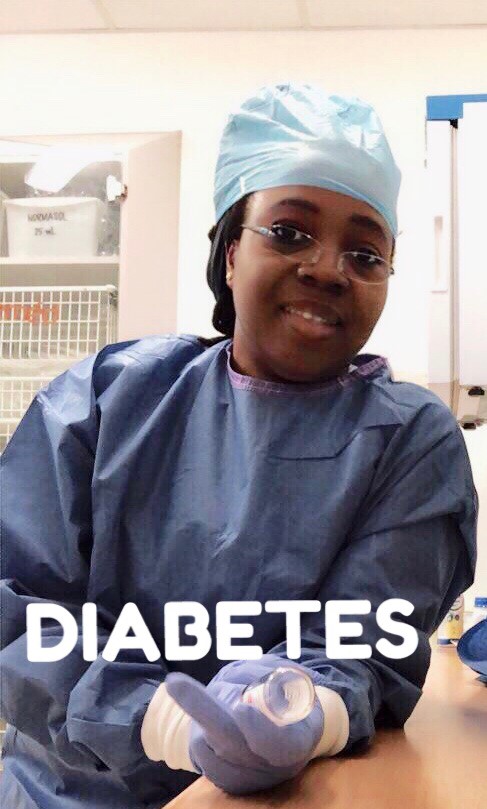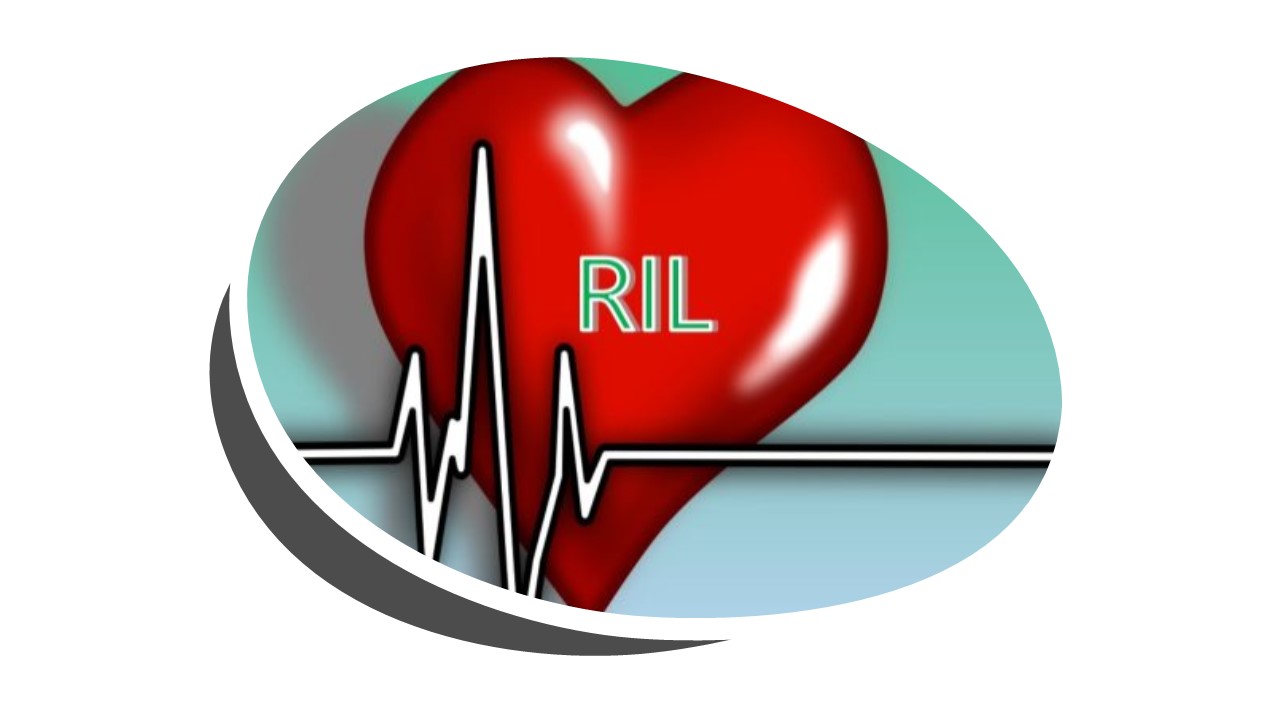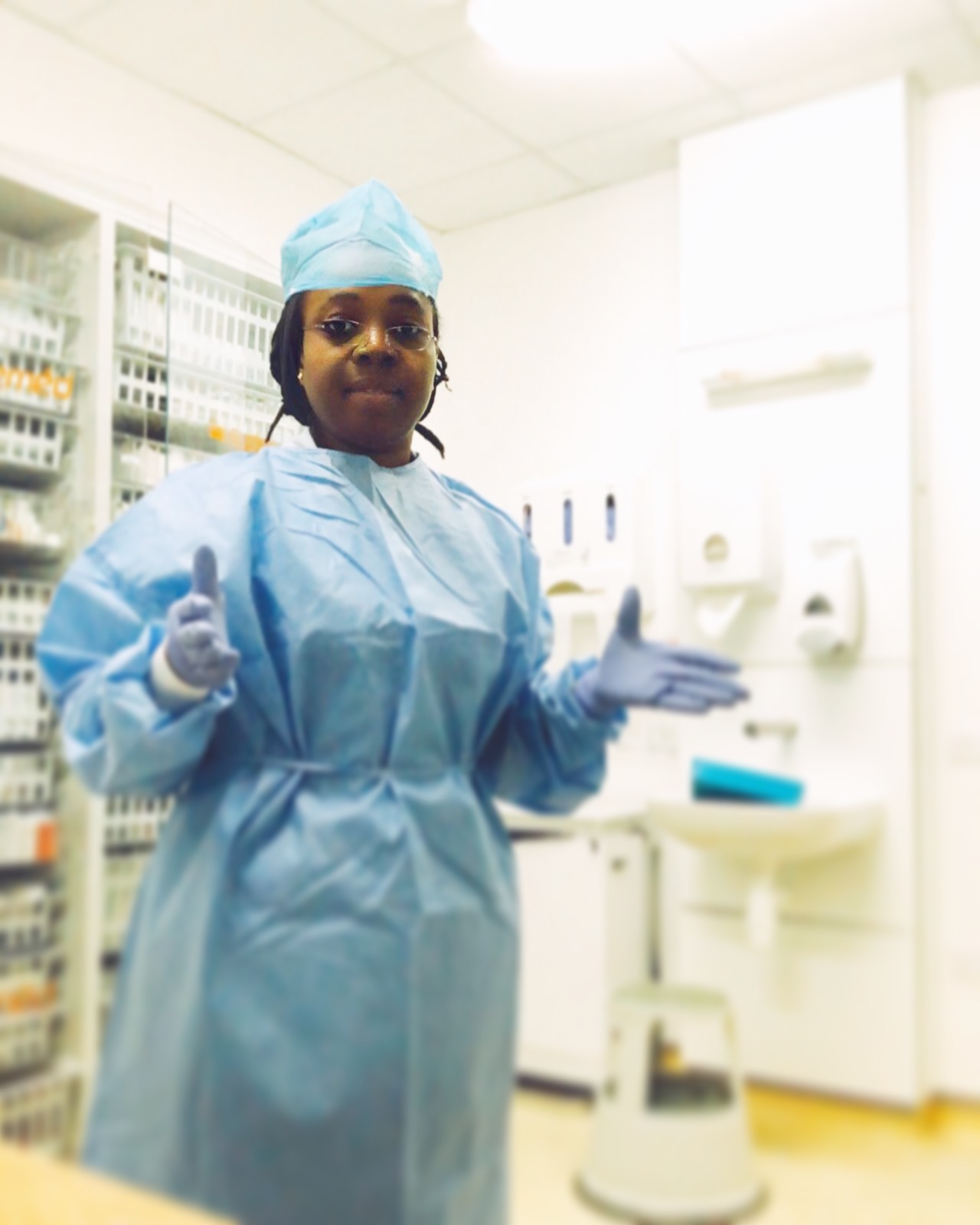
Diabetes is a long-term condition that occurs when your body cannot control the amount of sugar in your body. If this is not treated or controlled well, diabetes could increase your risk of stroke. This is because high levels of sugar in your blood can damage your blood vessels making them harder and narrower and more likely to become blocked. If this occurs in a blood vessel leading to your brain it could cause a stroke.
What you should know about diabetes.
The pancreas produces a hormone called Insulin, which controls the glucose (sugar) levels in your blood. It helps glucose to enter the cells in your body so it can be use for energy.
Diabetes develops when your body is not able to produce insulin, or the insulin produce does not work properly.

Diabetes illness concepts
Two main Types of diabetes
Type 1 diabetes
When your body stops producing insulin. This causes glucose to build up in your bloodstream. This type of diabetes begins in childhood or adolescence.
Type 2 Diabetes
This develops when your body does not produce enough insulin or when your body does not react to it in the right way. This is much common it develops gradually, usually in adulthood. It is a a progressive condition meaning it gets worse overtime if left untreated.
A Gestational diabetes
This occurs during the pregnancy usually stop after the baby is born. Although, it can increase the the mother risk of developing type 2 diabetes.
Symptoms of diabetes
- Urinating frequently especially at night
- Feeling very thirsty
- Unexplained weight loss
- Cut or wound that heal slowly
- Blurred vision
- Feeling very tired etc.
Although, anyone can develop diabetes, there are some group of people who are more likely to develop the condition;
- Family history of diabetes
- Your age (All people over 40 Years are at risk of diabetes)
- Your ethnicity (Type 2 diabetes more common in people of South Asian, African, and Caribbean Backgrounds).
- Being overweight or Obese.
- Gestational diabetes – during pregnancy.
Knowing your diagnosis
- Testing your sample of urine for glucose
- Blood testing HbA1c can show blood glucose levels for the last two to three months. Normally used to measure glucose levels in diabetes patients, and can also be used as diagnostic test
- A glucose tolerance test (GTT) is done after fasting for 8-12 hours before a test. You then have a glucose drink and your blood is tested again two hours later.
A type 1 diabetes patient are referred to a specialist team. A type 2 diabetes person should seek help from the health professionals who will help to manage the condition for example the GP. You will be advised on diet, foot checks (To look for poor circulation or nerve damage), undergo eye checks (To look for damage to the retina which affects the eyesight) and have blood sugar levels checks at least once a year and blood pressure check.
Stroke.org.

